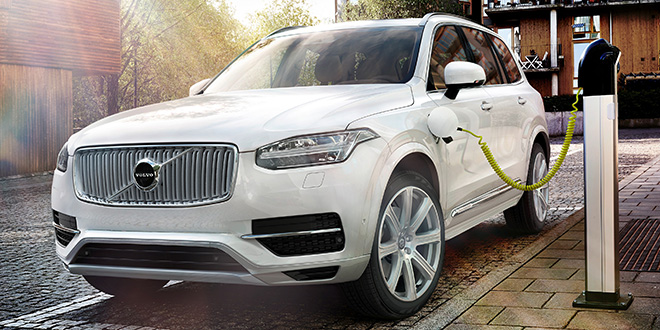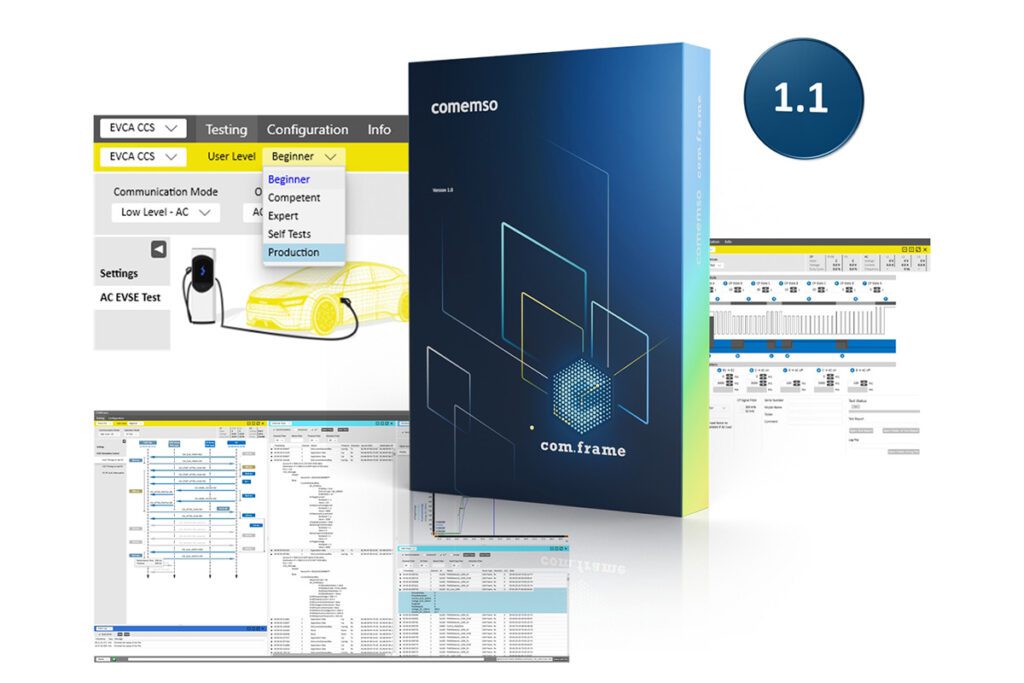The XC90 T8 is the first Volvo designed from the ground up for plug-in compatibility, according to the company.
Built on the Scalable Product Architecture platform, the 7-seat SUV features a 4-cylinder Drive-E gas engine with supercharger and turbocharger, an 8-speed automatic gearbox. The high-voltage (270–400 V) lithium-ion battery has a 9.2 kWh capacity, capable of delivering 65 kW of power. The 82 hp (60 kW) electric motor that drives the back wheels, with an estimated 25-mile all-electric range. A second 34 kW crankshaft-mounted motor allows the car to go from electric to combined drive mode seamlessly, and acts as an engine booster, working with the supercharger and turbocharger when extra power is needed.
[Updated 12/14/14 12:00 PM EST to clarify the size of the vehicle’s battery and include the estimated electric range.]

The XC90’s battery is located in the car’s central tunnel, maximizing interior space and giving the SUV a performance-enhancing low center of gravity.
The XC90 T8 can go from 0 to 100km/h in 5.9 seconds. Combined power is 400 hp, torque is 640 Nm, and fuel economy is 59 MPGe.
There are five driving modes: Hybrid; Pure Electric; AWD; Power, for maximum performance; and Save, which allows the driver to “freeze” the battery level and save it for later use in Pure Electric mode.

The unique cooling system keeps the battery and motors cool, either passively, via the radiator, or actively through integration with the car’s climate system. For convenience and efficiency, drivers can pre-condition the XC90 T8’s drivetrain, battery and cabin, either from within the car or by using the Volvo On Call mobile app.
“The XC90 T8 is a plug-in electric car, hybrid car and high-performance car rolled into one,” says Dr Peter Mertens, Senior VP of Volvo Car Group. “The Drive-E engines already offer highly competitive performance versus the competition. The T8 takes it further into a leading position.”
Volvo hasn’t announced when the T8 will be available in the US, but the new XC90 is scheduled to go on sale in the spring of 2015, and the company said back in February that the plug-in version might follow as soon as four months later.
Source: Volvo, Green Car Reports



















































































